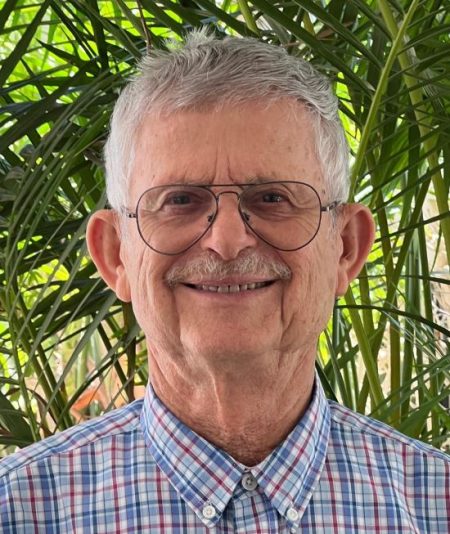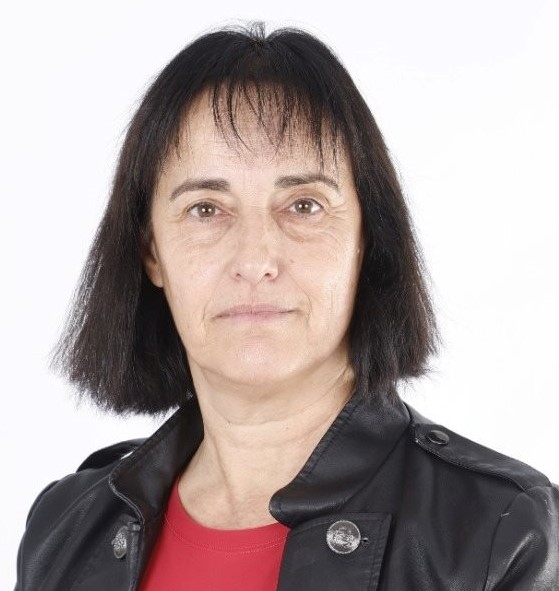Increasing the Reliability of a Rescue Robot Reduces Search Efficiency: Another “More-for-less” Paradox
Dr. Boris Kriheli
Prof. Emeritus. Eugene Levner
Lecture Summary
This work is motivated by a series of articles devoted to a phenomenon called a “more-for-less paradox” which arises in operations research and artificial intelligence. A typical example is the famous Braess paradox, which arises in dynamic transportation networks and states that “adding a new road to a congested transport network can lead to an increase in overall travel time”, which is easily explained by changing drivers’ priorities. Another counter-intuitive fact, well-known in scheduling theory and somewhat similar to the Braess paradox, is described by Spieksma and Woeginger (2005), in which “increasing the speed of some machines in a no-wait flow-shop problem can significantly worsen the optimal total time”. Other anomalies are “the more-for-less paradox” in the classical transportation problem and Graham’s multiprocessor scheduling anomaly. We prove that a similar “paradox” takes place when a more reliable search robot, when it stops upon detecting a target, has an expected efficiency lower than the expected efficiency of a less reliable robot. Search efficiency is measured by expected information needed for successfully finding the target. Finally, the essence of the “more-for-less” paradox in question is discussed.
משפעל (actuator) זעיר בר השתלה מבוסס סגסוגת עם זיכרון
ד"ר ישראל אלכסנדרון
המחלקה להנדסה ביו רפואית, אוניברסיטת בן גוריון בנגב
תואר ראשון ושני בהנדסת חשמל מהטכניון, תואר שלישי מהמחלקה להנדסה ביורפואית באוניברסיטת בן גוריון. בעבר מהנדס אלקטרוניקה ברפא"ל ובמפעלים אחרים. שימש כמרצה במכללה האקדמית להנדסה בראודה בכרמיאל במחלקה לחשמל ואלקטרוניקה. כיום פוסט-דוקטורט במחלקה להנדסה ביורפואית באוניברסיטת בן גוריון בנגב במעבדה של פרופ' גל דבוטון. נושאי עניין: סגסוגות שומרות זיכרון ובמיוחד ניטינול. חוקר מודלים לחומרים אלה ושימושים אפשריים כמשפעלים (אקטואטורים) מושתלים ובעזרים אורתופדיים. חבר קיבוץ מעיין ברוך.
תקציר ההרצאה
סגסוגות עם זיכרון (Shape Memory Alloys) הן בעלות תכונה ייחודית של שחזור צורתן לאחר מעוות שנראה פלסטי על ידי חימום, כך שניתן לבנות מהן משפעלים המגיבים לטמפרטורה. הסגסוגת העדיפה כיום היא ניטינול (Nitinol), המפעילה כוח רב יחסית למשקלה, יכולה לתפקד בסביבה רטובה והיא ביו-קומפטבילית, כך שהיא מתאימה לשימושים רבים בתעשייה, בתעופה ובמיוחד בביו-רפואה.
יישום שלא זכה לתשומת לב רבה במחקר הוא משפעל זעיר בר השתלה מבוסס ניטינול. שימושים אפשריים הם מזרק מושתל אשר יזריק מנות מדודות של כימותרפיה ישירות לתוך רקמה נגועה, או של משכך כאבים לחוט השדרה. היתרון הוא בהיות ההזרקה ממוקדת ואינה מפוזרת בגוף כולו, ובכך ממוזערות תופעות הלואי. המשפעל מורכב מקפיץ ניטינול וקפיץ פלדה המחוברים במקביל לבוכנה של המזרק. חימום קפיץ הניטינול על ידי זרם חשמלי גורם לכיווצו, הבוכנה עולה ויונקת לגליל מזרק את נוזל התרופה ממיכל תת-עורי מושתל דרך שסתום חד כיווני. קירור הקפיץ על ידי סביבת הגוף גורם לתנועה הפוכה והנוזל מוזרק לגוף דרך שסתום חד כיווני נוסף. המערכת כוללת גם סוללה חשמלית ויחידת הפעלה חשמלית . הסוללה מוטענת תקופתית על ידי שדה חשמלי חיצוני, ומיכל התרופה ניתן למילוי על ידי הזרקה דרך העור.
במעבדה שלנו אנו חוקרים את תכונות הניטינול. פיתנו מערכת ניסוי ייחודית המאפשרת שליטה בו זמנית על שלושת הפרמטרים הקובעים את מצב קפיץ הניטינול, טמפרטורה, כוח והתארכות. את המודל שפתחנו לפעולת קפיץ הניטינול יישמנו להפעלת המזרק. בנינו אב-טיפוס ראשוני להוכחת היתכנות בגודל של 30X12 מ"מ. המערכת ניתנת למזעור נוסף.
המערכת אמורה לפעול בגוף החולה לאורך זמן ועליו יהיה לבוא לביקורת תקופתיות בלבד ולהטענת הסוללה ומיכל התרופה. בכך יש משום הפחתת העומס על המרכזים הרפואיים. יש בה גם שיפור איכות החיים של המטופל, במניעה של הזרקה חוזרת לוורידים של התרופה, על כל תופעות הלואי הכרוכות בכך. טכנולוגיה זו מאפשרת להשאיר את ההתקן בגוף גם בבדיקת MRI.
How Deep Learning is Helping Pathologists Fight Cancer
Dr. Chen Sagiv
Co founder and Co CEO of DeePathology
Chen is co founder and co CEO of DeePathology. She has a PhD in Applied Math from the Tel Aviv University specializing in Computer Vision. Chen loves Math and the mix of algorithms and healthcare. She is a co founder of the largest computer vision conference in Israel, IMVC and in her spare time loves to teach Math.
Lecture Summary
Deep learning and artificial intelligence (AI) are revolutionizing healthcare, offering unprecedented tools to enhance medical diagnostics and treatment. In pathology, a field traditionally reliant on microscopic examination of tissue samples, AI has become a transformative force. Over the past seven years, the digitization of pathology slides and the advent of AI algorithms have enabled more accurate, faster, and personalized analyses.
AI not only replicates the diagnostic capabilities of pathologists but can also uncover patterns and insights beyond the reach of human vision. This breakthrough accelerates the delivery of pathology results to patients and opens doors to precision medicine. However, the integration of AI in pathology also comes with challenges, including technical, ethical, and practical considerations.
In this talk, we will explore how deep learning is reshaping the fight against cancer by addressing these challenges and driving innovation in pathology. From early detection to personalized care, we will examine the profound impact of AI and its potential to improve outcomes for patients worldwide
Optimal transport for medical image analysis
Dr. Eli Appelboim
Research engineer at the Andrew & Erna Viterbi faculty of Electrical Engineering, Technion
Eli Appleboim is a research engineer at the Andrew & Erna Viterbi faculty of Electrical Engineering at the Technion. His research interests focus on applications of tools borrowed from Geometry and Topology for Signal and image processing.
Lecture Summary
Diagnosis of many illnesses is done by invasive biopsy. In many cases this causes undesirable inconveniences for patients, and frequently the diagnosis is done while the illness is already at an advance and non-reversible stage. Non-alcoholic Steatohepatitis (NASH), and Cirrhosis are two such examples. In this talk we describe a method for the early diagnosis of NASH and Cirrhosis which is based on Computed Tomography (CT) imaging. The method is based on classification of the textural component of CT-images, where the classification is based setting the problem as a problem of optimal transport. Such a setting had recently showed itself useful for many challenges in image processing. Promising preliminary results are shown on synthetic as well as on real data.







